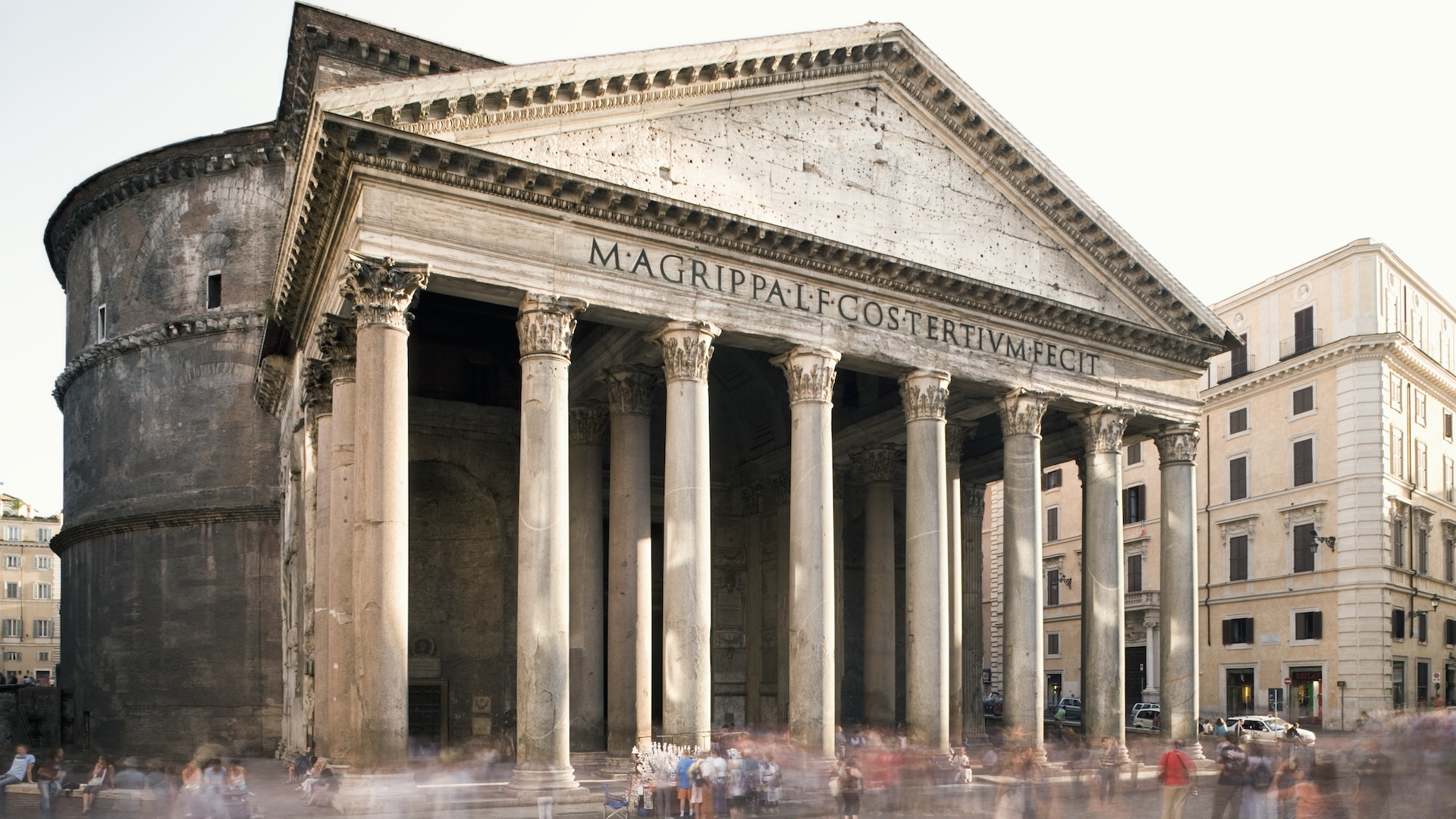When you purchase through links on our web site , we may clear an affiliate commission . Here ’s how it work out .
Archaeologists in the United Kingdom have unearthed a I. F. Stone sculpture of a jumbo phallus , which might have served a well circumstances charm at the time it was chiseled 2,000 years ago .
The Roman - era millstone — a stone used for grinding grains , such as wheat — was break when an digging team initially discovered it and other millstones during fieldwork in 2017 and 2018 , ahead of a expression project on the A14 road , concord to Oxford Archaeology , a secret archaeologic company in the U.K. Only latterly , once archaeologist examine the unkept albatross , did they realize it sport priapic imagery .

Archaeologists in the U.K. found a phallic carving dating to the Roman era.
" As one of only four known illustration of Romano - British albatross decorated this way , the A14 millstone is a highly significant discovery , " Ruth Shaffrey , a cultivate - stone specialist at Oxford Archaeology South , said in a affirmation . " It offers brainstorm into the importance of the mill to the local community and to the protective properties bestow upon the millstone and its produce ( the flour ) by the depiction of a genus Phallus on its upper surface . "
Related : Image gallery : The little horny man
archeologist see more than 300 millstones and querns , or mitt - size metric grain torpedo , during the excavation . But this particular broken gem , found near Cambridge , catch their attending — it had two crosses scratch on it and an unusual carving on its upper brass .

Ruth Shaffrey stands next to the Roman-era phallic carving.
This I. F. Stone appears to have been a phallic - decorated millstone that was broken , likely during use , and then was turn into a saddle quern , or a hand prick for stone - grinding . When the quern was construct , the stone was flipped , which meant that the phallic cutting was preserved .
Depictions of male genital organ are well known from the Roman era . For example , inPompeiiandIsrael , archeologist have found Roman - era priapic amulets , and in Turkey , other teams have discovered Roman - eraphallic jokes(depicted in a arial mosaic , no less ) andphallic graffito .
" This millstone is crucial as it adds to the evidence for such figure of speech in Roman Britain , " Steve Sherlock , Highways England ’s archaeology lead for the A14 project , said in the statement . " The phallus was see as an important image of strength and virility in the Roman Earth , with it being common practice for legionaries to jade a phallus talisman , which would give them good luck before struggle . "

— In photos : Well - preserved Roman Doroteo Arango find beneath UK home plate
— In photos : The ancient Roman baths of Bath , England
— exposure : Major R.C. settlement break in North Yorkshire

The newly expose carving , as well as the other three decorate millstones found in the U.K. , are detailed in an approaching peer - reviewed field by Shaffrey in the journalBritannia .
Other breakthrough from the archaeological work along the A14 includewoolly mammothtusks , woolly rhino skulls , and the earliest grounds of beer - brewing in Britain , go steady to 400 B.C. Archaeologists also discover the secondly - known gold coin in the U.K. to portray Roman emperor moth Laelianus , who reign for just two months in A.D. 269 before he was vote down , according to Oxford Archaeology .
in the first place put out on Live Science .















